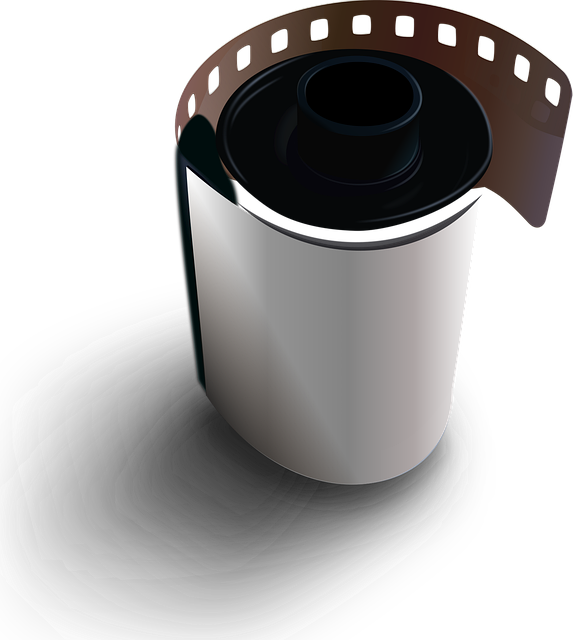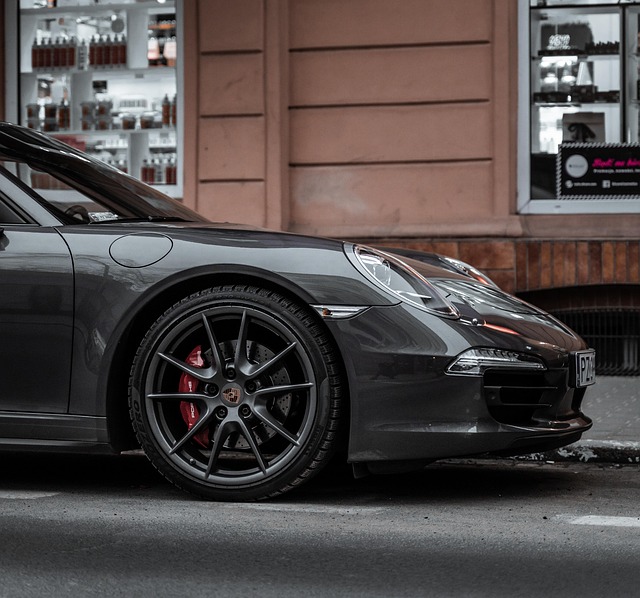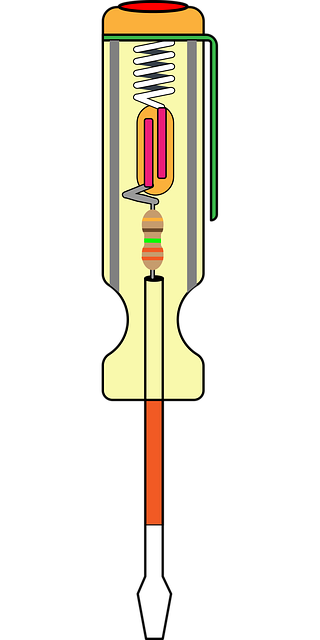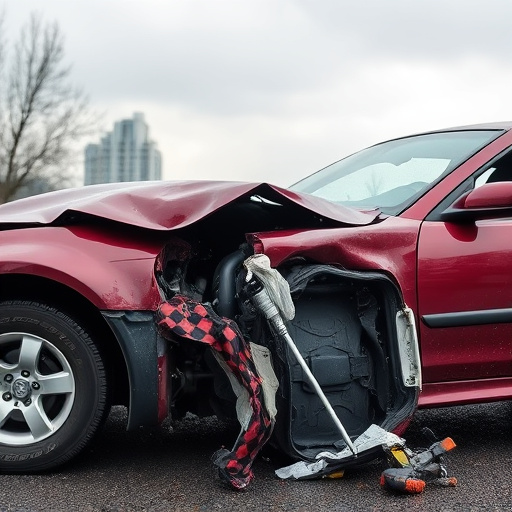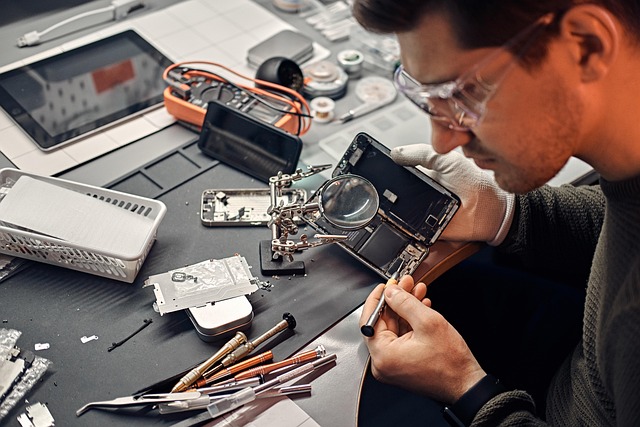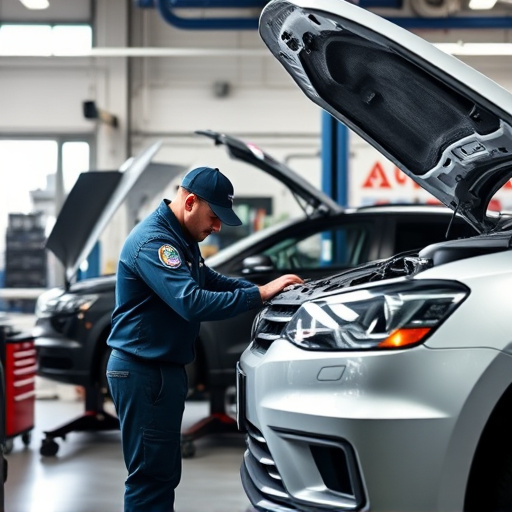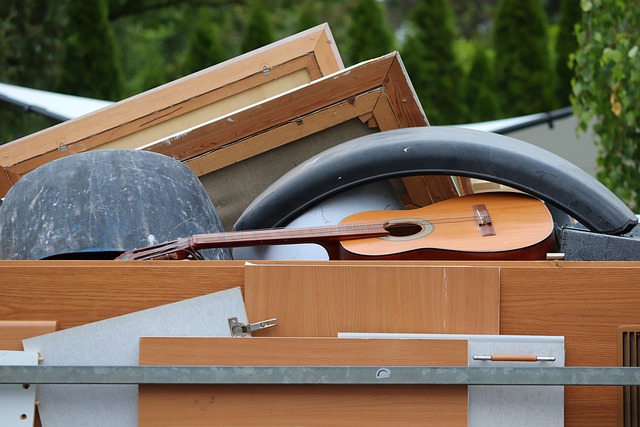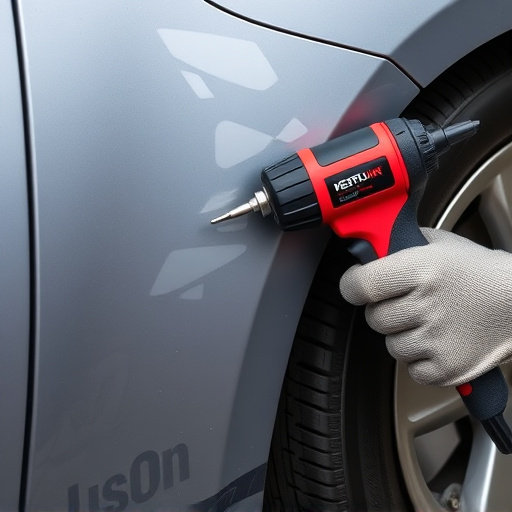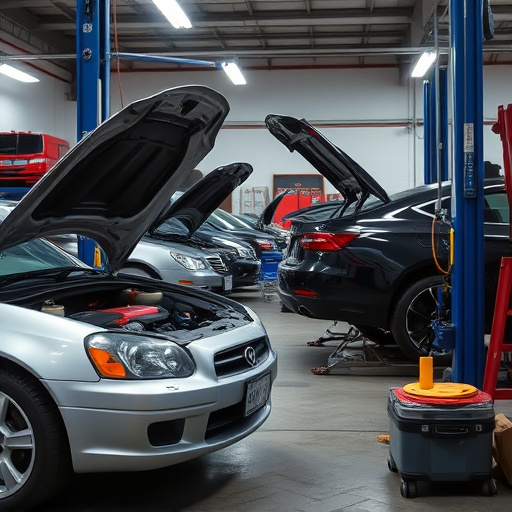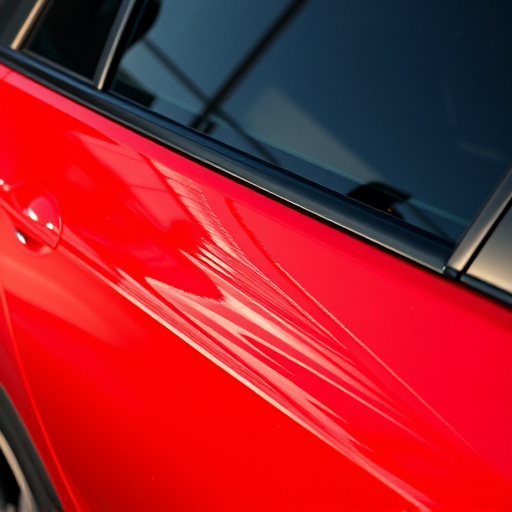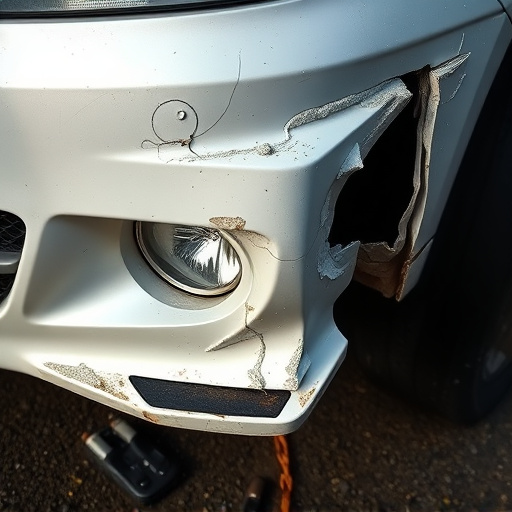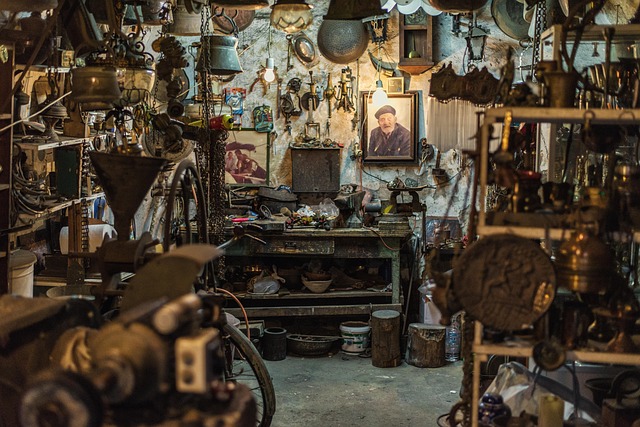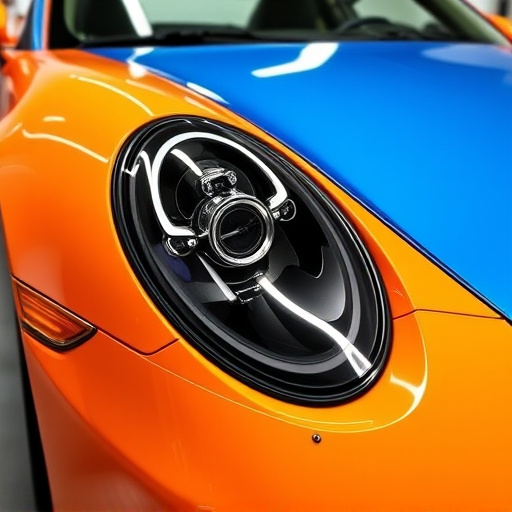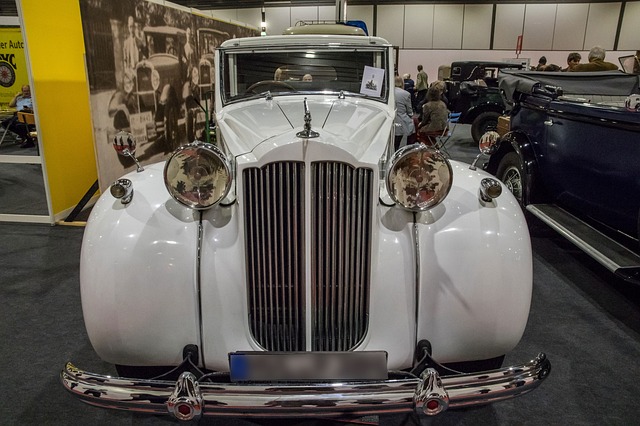Choosing between OEM and aftermarket parts for Mercedes pearl effect repair significantly impacts the final result. OEM parts offer superior quality, precision fit, and performance, ensuring a seamless restoration. Aftermarket parts are more affordable but may vary in material and compatibility. For a reliable, authentic finish, OEM parts guarantee consistent results. Cost is the primary factor, with OEM repairs being pricier due to brand reputation. Aftermarket services provide a budget-friendly alternative without the premium price tag. Deciding between OEM and aftermarket hinges on durability, warranty, and long-term vehicle health, with OEM repairs offering comprehensive warranties and proven quality for sustained performance.
When it comes to repairing or restoring a Mercedes’ stunning pearl effect paintwork, choices are key. This article delves into the distinct worlds of OEM (Original Equipment Manufacturer) and aftermarket repairs, shedding light on quality standards, cost implications, and durability. Understanding these differences is vital for Mercedes owners seeking optimal results for their vehicles’ pearl effect finishes. From budget-conscious options to professional restoration, we explore what matters most in the pursuit of a flawless repair.
- Understanding OEM vs Aftermarket Quality Standards
- Cost Considerations: Budget-Friendly vs Professional Repair
- Durability and Warranty: Longevity of Pearl Repairs
Understanding OEM vs Aftermarket Quality Standards
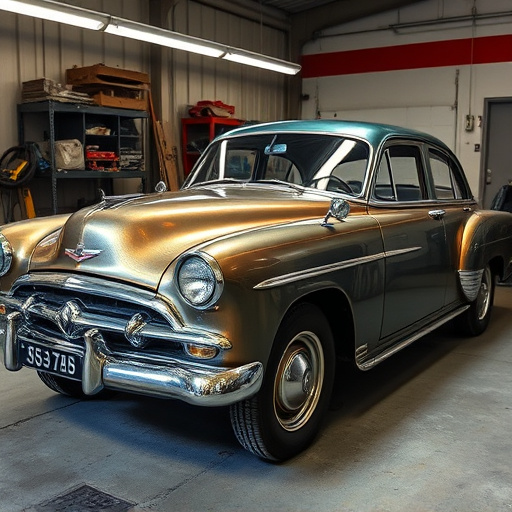
When it comes to Mercedes pearl effect repair, distinguishing between Original Equipment Manufacturer (OEM) and aftermarket parts is paramount for achieving the desired finish. OEM parts are specifically designed and manufactured by the vehicle’s original producer, adhering to rigorous quality standards set by the brand. These components are known for their precision fit and superior performance, ensuring a seamless integration with the car’s design and mechanics. On the other hand, aftermarket parts, while readily available and often more affordable, may not meet the same stringent quality criteria. They can vary widely in terms of material composition, manufacturing processes, and compatibility, potentially leading to subpar results in auto body repairs.
In the realm of car body repair, especially for a vehicle like Mercedes known for its meticulous craftsmanship, using OEM parts guarantees a more authentic restoration. Aftermarket components might offer cost savings, but they may not provide the same level of durability, aesthetics, and long-term performance as their factory counterparts. For those seeking reliable auto body repairs with a focus on quality, choosing OEM parts is a strategic decision that promises a more consistent and impressive pearl effect finish.
Cost Considerations: Budget-Friendly vs Professional Repair
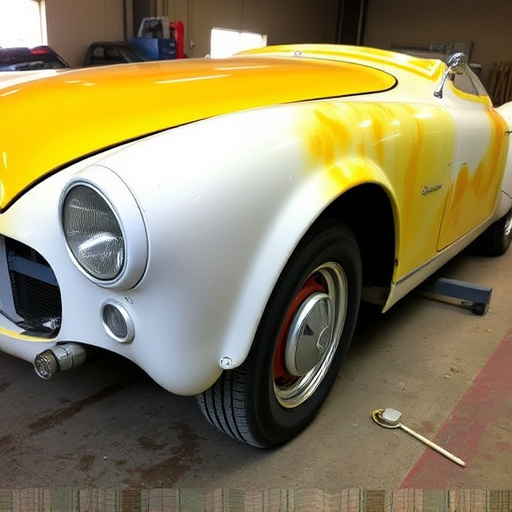
When considering Mercedes pearl effect repair options, one of the primary factors to weigh is cost. OEM (Original Equipment Manufacturer) repairs, often performed by authorized dealers or specialized workshops, tend to be more expensive due to the brand’s reputation and the use of genuine parts. These repairs ensure precision and quality but come at a premium. On the other hand, aftermarket pearl repair services offer a budget-friendly alternative, making them an attractive option for those on a tighter budget.
Aftermarket auto repair shops may utilize similar techniques and materials to restore your vehicle’s pearl effect, but their lower overhead costs translate into savings for customers. While they might not carry the same warranty or have the same level of brand recognition as OEM services, they provide a reliable and cost-effective solution for vehicle dent repair and restoration, making them a viable choice for anyone seeking to revive their car’s aesthetics without breaking the bank.
Durability and Warranty: Longevity of Pearl Repairs
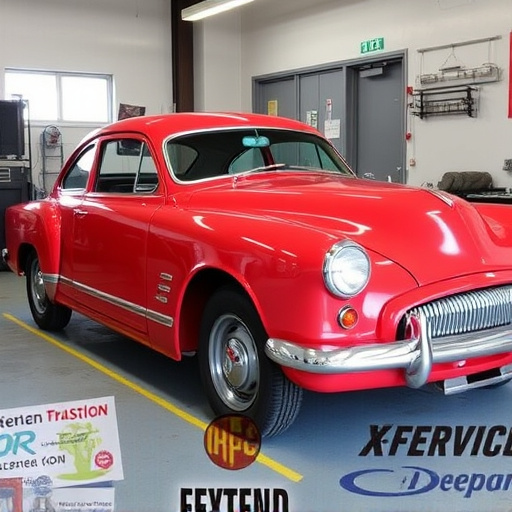
When considering Mercedes pearl effect repairs, understanding the durability and warranty associated with each option is paramount. OEM (Original Equipment Manufacturer) repairs, performed using genuine parts and adhering to strict quality standards, often come with a comprehensive warranty from the dealership or manufacturer. This ensures not only high-quality work but also long-term peace of mind for vehicle owners. The warranty typically covers defects in materials and workmanship, providing added security against future issues.
In contrast, aftermarket pearl repair services may offer more flexible pricing but generally lack extended warranties. While these repairs can be cost-effective, the longevity of the fix is uncertain. Aftermarket parts might not match the precision and durability of OEM components, potentially leading to reduced lifespan and increased maintenance needs over time. For those prioritizing long-term vehicle health and investment, opting for an OEM repair that guarantees both quality and sustained performance is advisable, making it a preferred choice in the realm of vehicle restoration and car repair services.
When it comes to repairing or replacing a Mercedes’ pearl effect finish, the choice between OEM (Original Equipment Manufacturer) and aftermarket methods is key. While both have their merits, understanding the differences in quality standards, costs, and durability is essential for any car owner. Aftermarket repairs may offer budget-friendly solutions, but they might compromise long-term durability and warranties. On the other hand, OEM replacements ensure superior fit, finish, and longevity, although at a higher cost. For a reliable and long-lasting Mercedes pearl effect repair, carefully considering these factors will help you make an informed decision to preserve your vehicle’s beauty and value.
